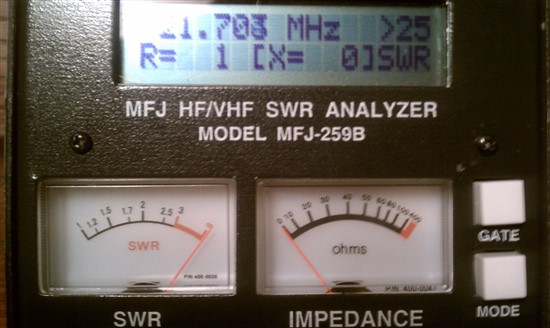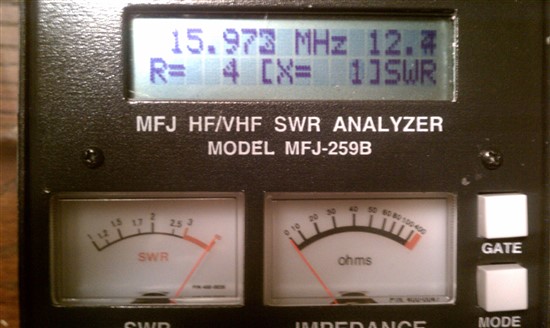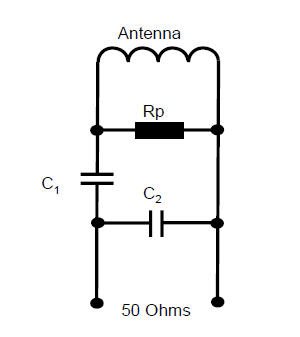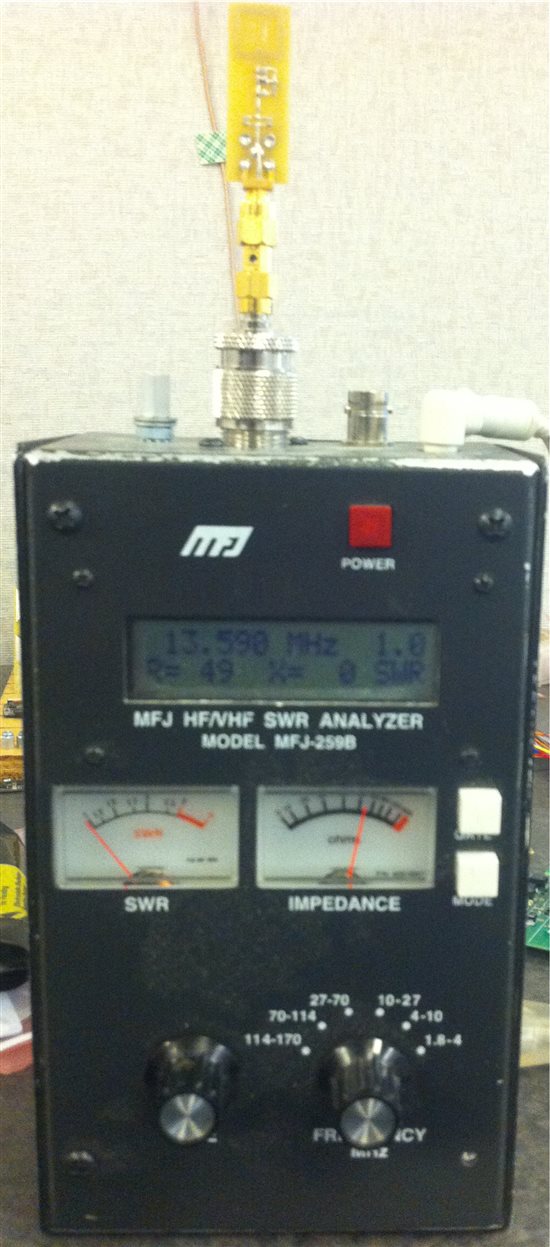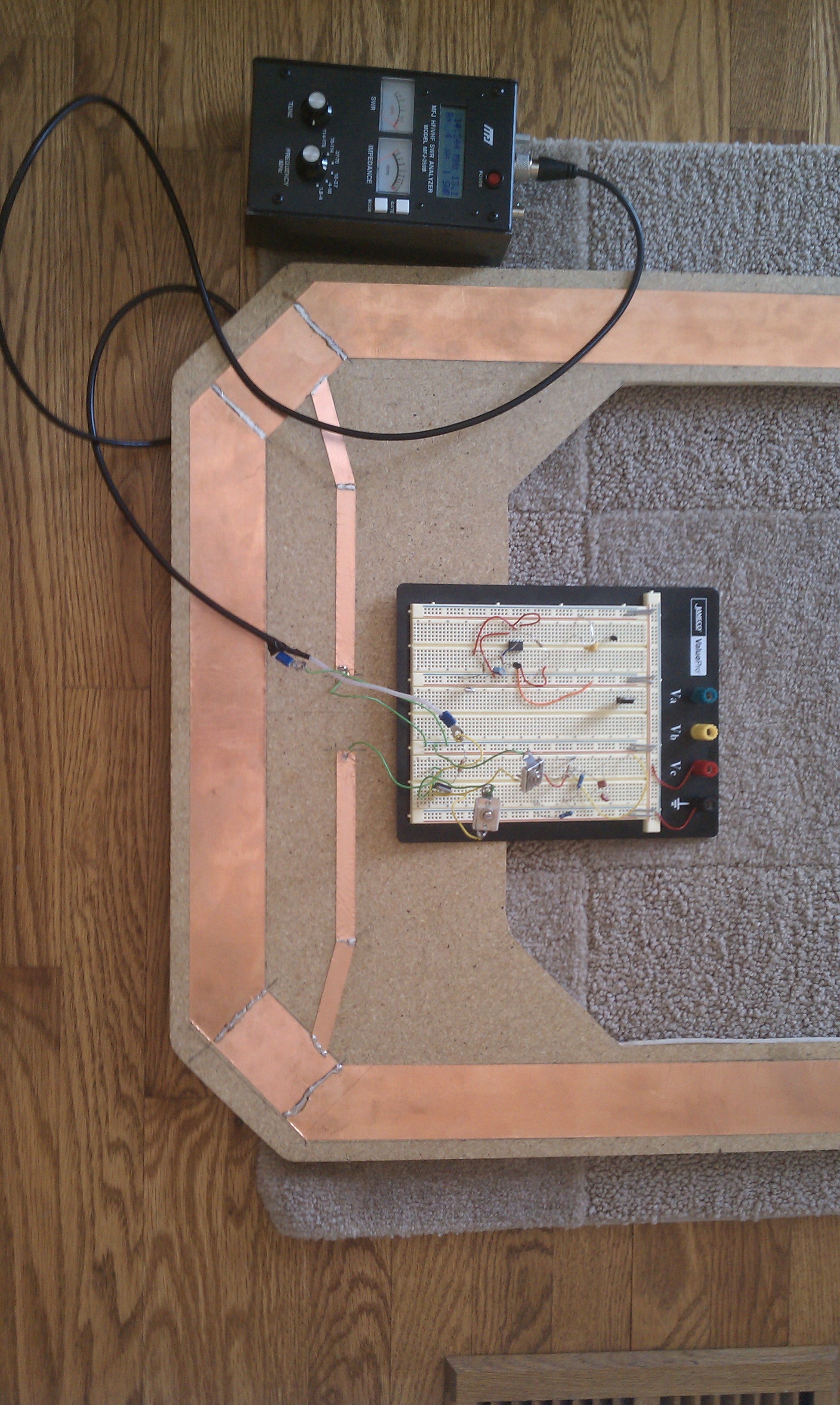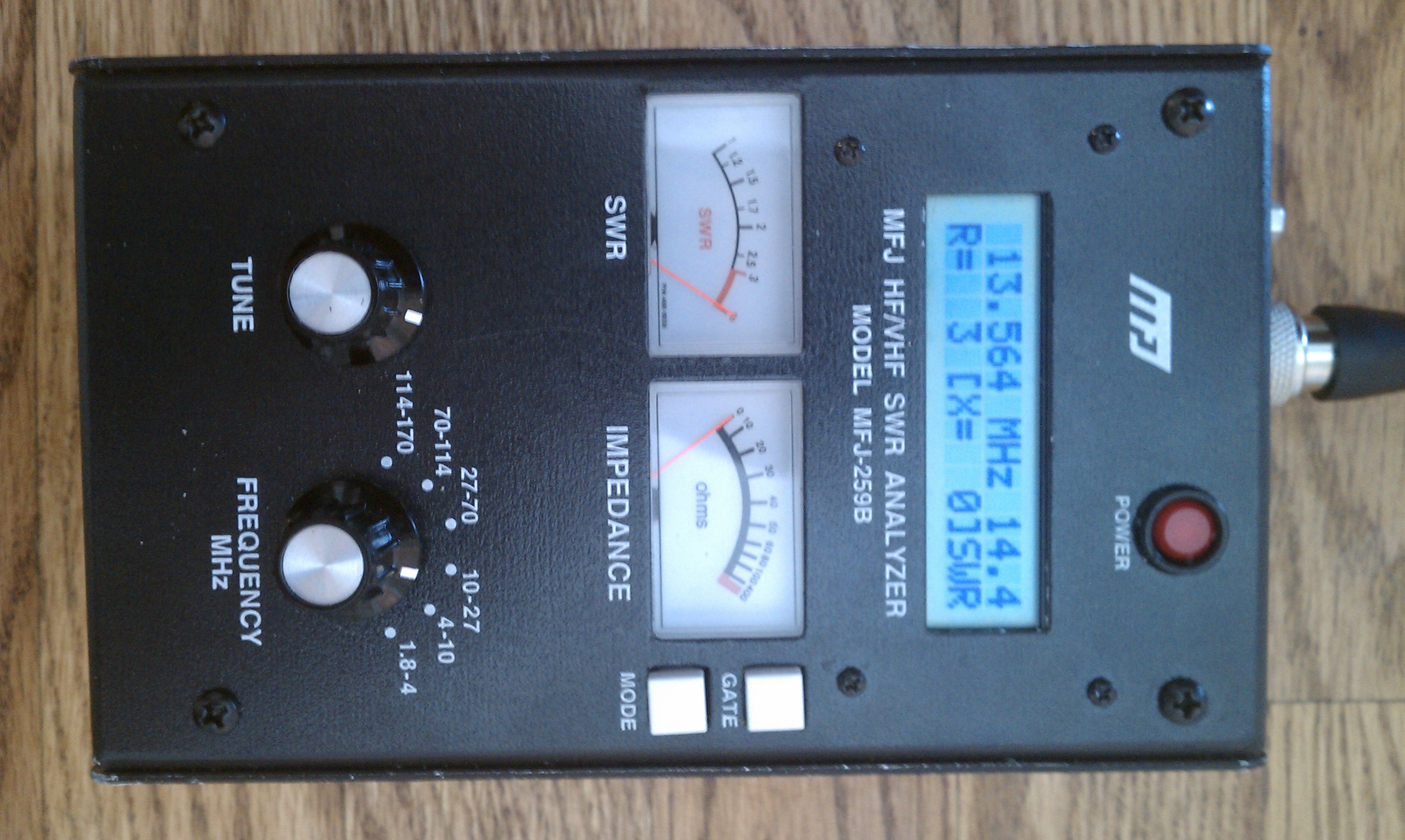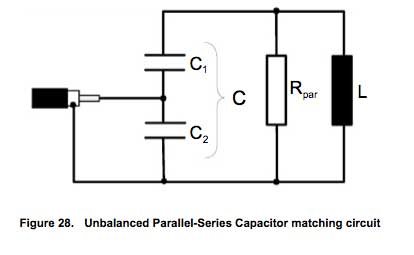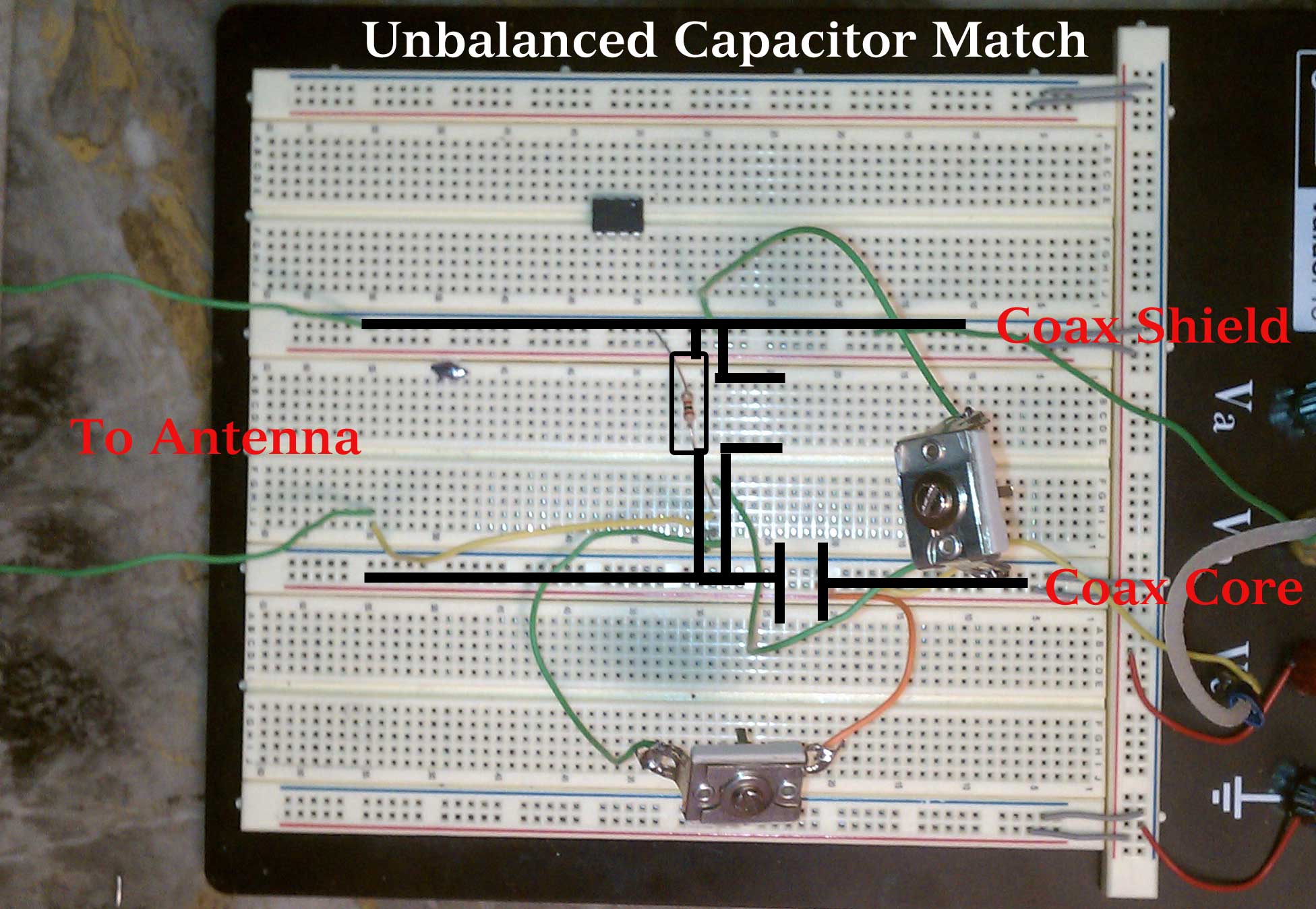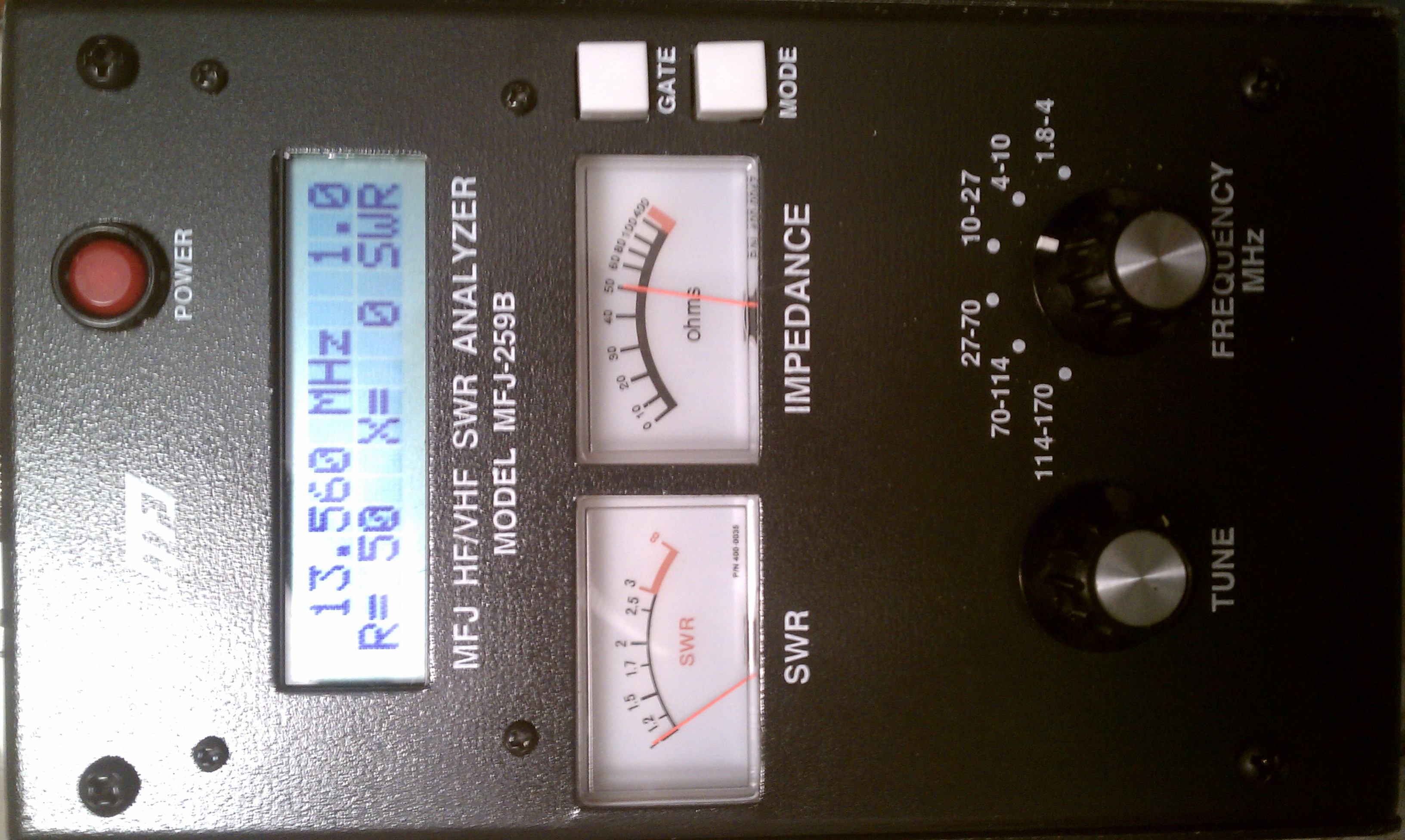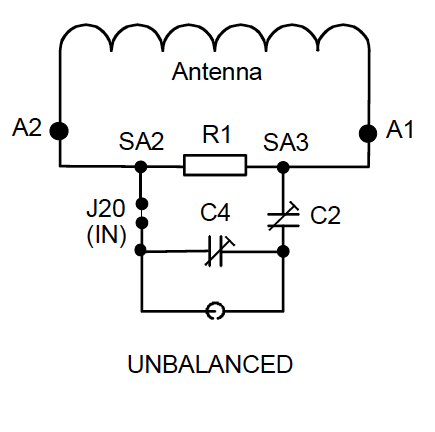I have built a external antenna following the guidelines of the HF Antenna Cookbook and HF Antenna Design Notes and am trying to connect it to the TRF7960. I can get teh TRF7960 on board antenna to work but can not get any output for the external antenna. I have been searching and have found no one with the same problem. Is there a register or pin I have to set to use the SMA connector instad of the on board antenna. I realize that the antenna still has to be fine tuned but I have no current at the SMA output.
-
Ask a related question
What is a related question?A related question is a question created from another question. When the related question is created, it will be automatically linked to the original question.



